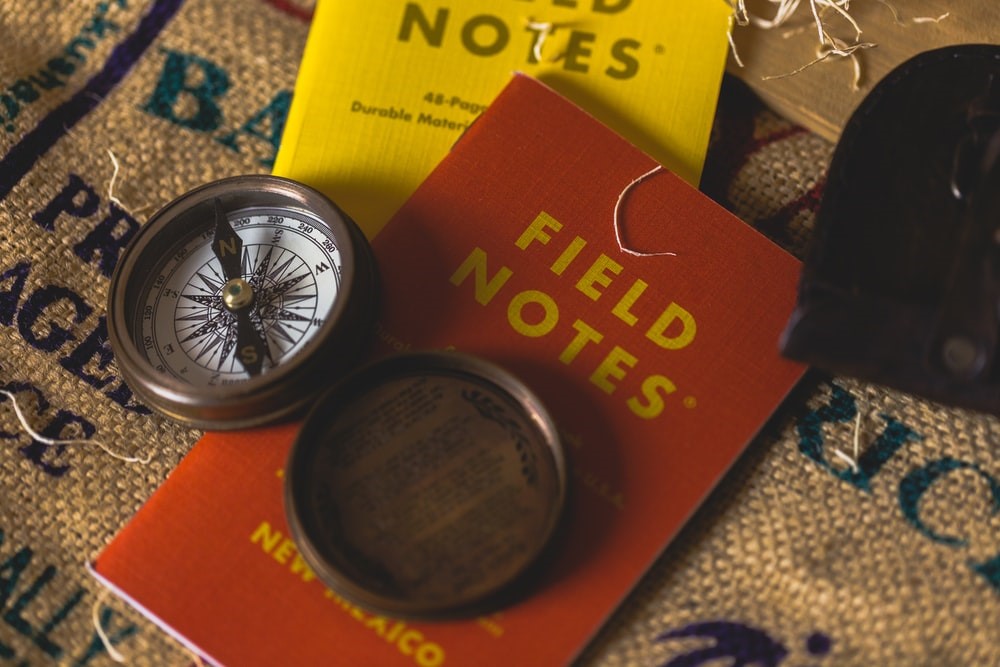An Anthropologist’s Guide to Ethnographic Observation
8/18/20 / Molly Hagan


I want to give you an assignment. Take ten minutes to look around and make observations of the room you are in while reading this. Chances are you are in a room or a spot you are familiar with. Make a list of everything you see and then, I challenge you to observe five things you have never noticed before. It could be a stain on a ceiling, a rug corner curling up, or even a noise you’ve become accustomed to in the background.
This was an activity I first came across in Keri Smith’s book How to be an Explorer of the World. We have a tendency to not really pay attention to the world around us. Our mind fills in gaps and we walk through life making assumptions at every second. Ethnographic observations ask us to purposefully look past our blinders and observe the world around us with pure curiosity.
Anthropologists have relied on ethnographic observations for decades as a primary research methodology. The first place to start is to record your observations, referred to as field notes either on paper, computer, or phone.
The primary data collection technique for cultural anthropologists is keeping field notes. Field notes contain all of the observations and descriptions collected by the by the researcher while at the research site. The data may include informal conversations, observations, anecdotes, or maps and charts.
When writing out their notes, researchers often have both descriptive and analytic field notes. Descriptive field notes are objective, and state observable data without interpretations, assumptions, or biases. Analytic field notes are personal documents in which the researcher tries to become objective about the way in which he/she filters the data and analyzes any possible bias he/she imposes on the data. Thus, it becomes important to evaluate in the field notes how you might cause or influence certain aspects of peoples’ behavior and how you might be misinterpreting their behavior. Field notes are reflective documents and contain “facts” as seen through one human’s lens.
DESCRIPTIVE FIELD NOTES:

ANALYTIC FIELD NOTES:

The other type of field notes anthropologists utilize in the field is methodological field notes. Methodological field notes describe the techniques and tools you are using during research. In most simple observational activities, your methodological field notes will only include sensory methods such as seeing, touching, smelling, hearing, and tasting. It can also include if you employed any other techniques such as drawing or starting a conversation with someone.
METHODOLOGICAL FIELD NOTES:

But how do we take observations and turn them into actionable data? Once observations have been completed, researchers pour back through their field notes to identify patterns and themes in peoples’ behaviors and actions.
At Corona, we have used ethnographic observations as a methodology in a variety of projects with an array of research objectives. Whether trying to understand how people experience a cultural organization or what questions parents have when looking at school options, ethnographic observations provide a window into peoples’ thoughts, actions, and motivations. While interviews and focus groups may be the most familiar qualitative research methods, reach out to us to see how ethnographic observations can benefit your organization.